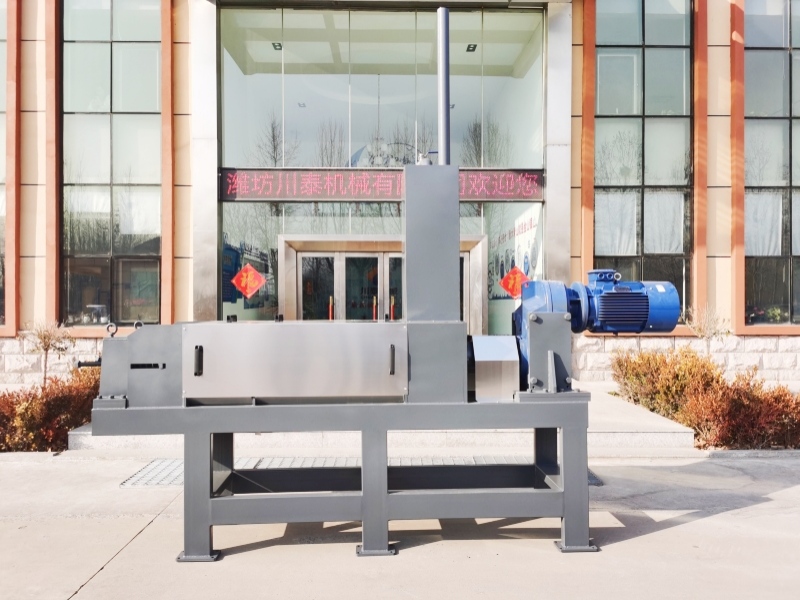
The cow dung dehydrator is a device used to process cow dung. It can remove the water from the cow dung and make dry organic fertilizer. With the advancement of agricultural technology and the increasing awareness of environmental protection, the demand for cow manure dehydrators has gradually increased. When manufacturing a cow dung dehydrator, many aspects need to be considered, including design, material selection, manufacturing process, etc. This article will introduce the production and manufacturing process of the cow dung dehydrator, focusing on its design and manufacturing process.
First of all, during the design stage of the cow dung dehydrator, the structure and performance of the equipment need to be considered. The structure of the equipment should be simple and stable, making it easy to operate and maintain. At the same time, the performance of the cow dung dehydrator should be able to meet the needs of farms of different sizes and can handle different amounts of cow dung. The design phase requires sufficient market research to understand user needs and determine the processing capabilities and technical indicators of the equipment.
Secondly, in terms of material selection, corrosion-resistant and wear-resistant materials need to be selected to ensure the service life of the equipment. Commonly used materials include stainless steel, carbon steel, etc. These materials have good corrosion resistance and are suitable for the manufacture of cow dung dehydrators. In addition, materials that meet environmental protection requirements need to be selected to ensure that the production process does not pollute the environment.
In terms of manufacturing process, the manufacturing of cow dung dehydrator usually includes the following steps:
1. Material preparation: Cut and process the required materials to prepare the required parts.
2. Welding assembly: Weld and assemble the processed parts to form the main structure of the cow dung dehydrator.
3. Mechanical processing: Mechanical processing is performed on the welded structure to ensure the accuracy and stability of the equipment.
4. Coating treatment: Surface treatment is performed on the manufactured equipment, usually by spraying or galvanizing, to improve the corrosion resistance of the equipment.
5. Assembly and debugging: Assemble the various components together, debug and test the equipment to ensure the normal operation of the equipment.
6. Quality inspection: Conduct quality inspection on the manufactured cow dung dehydrator to ensure that the equipment complies with relevant standards and regulations.
7. Packing and leaving the factory: Pack the cow dung dehydrator that has passed the quality inspection and prepare to be shipped to the customer.
During the manufacturing process, each link needs to be strictly controlled to ensure the quality and performance of the equipment. At the same time, it is also necessary to strengthen the training of employees and improve their operational skills and quality awareness to ensure the smooth progress of the production and manufacturing process.
To sum up, the production and manufacturing of cow dung dehydrators involves many aspects of technology and processes. Factors such as design, material selection, and manufacturing processes need to be comprehensively considered to ensure the production of high-quality cow dung dehydrators to meet user needs. At the same time, it must also comply with environmental protection requirements and provide strong support for agricultural production.
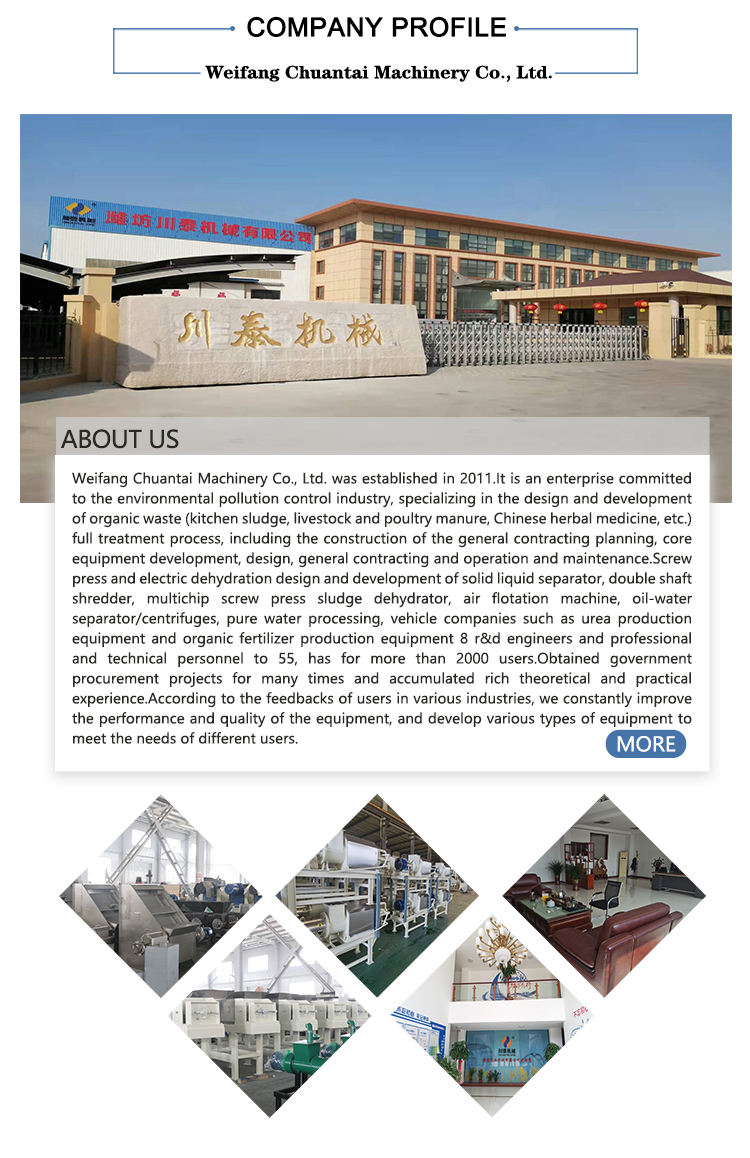
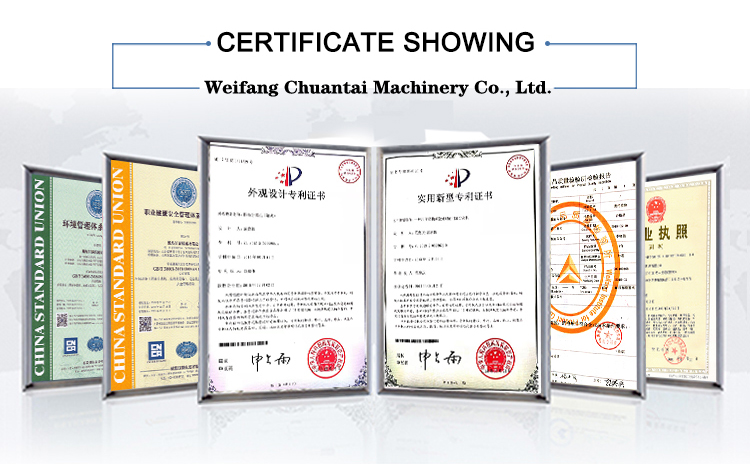
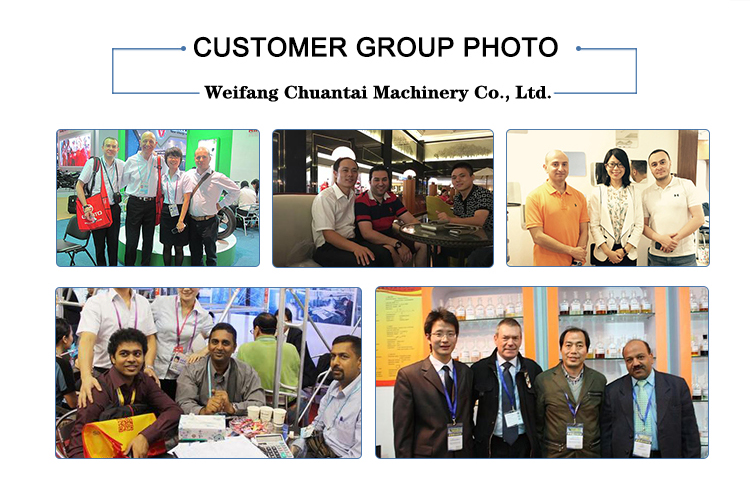
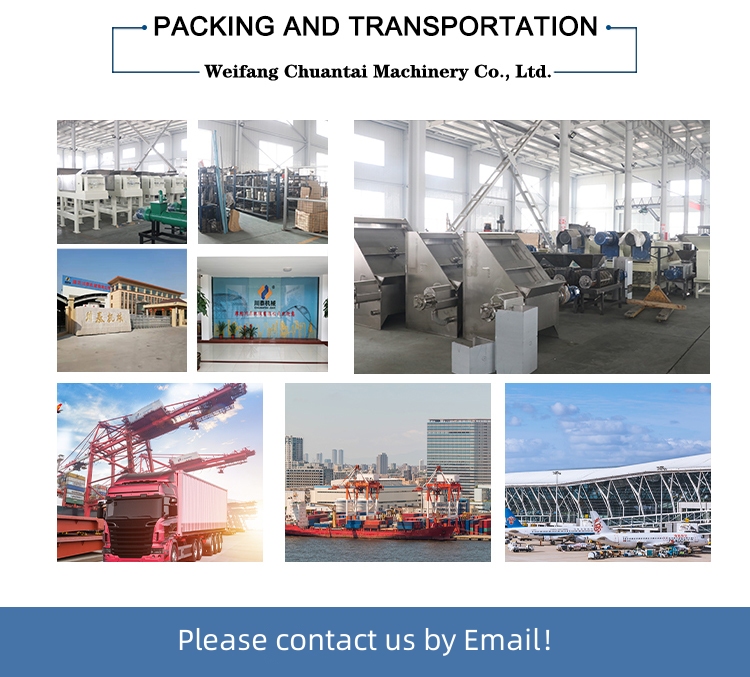
If your company wants to establish a business relationship with us, please briefly describe the cooperation intention and send an email to:chuantaiscrewpress@gmail.com

